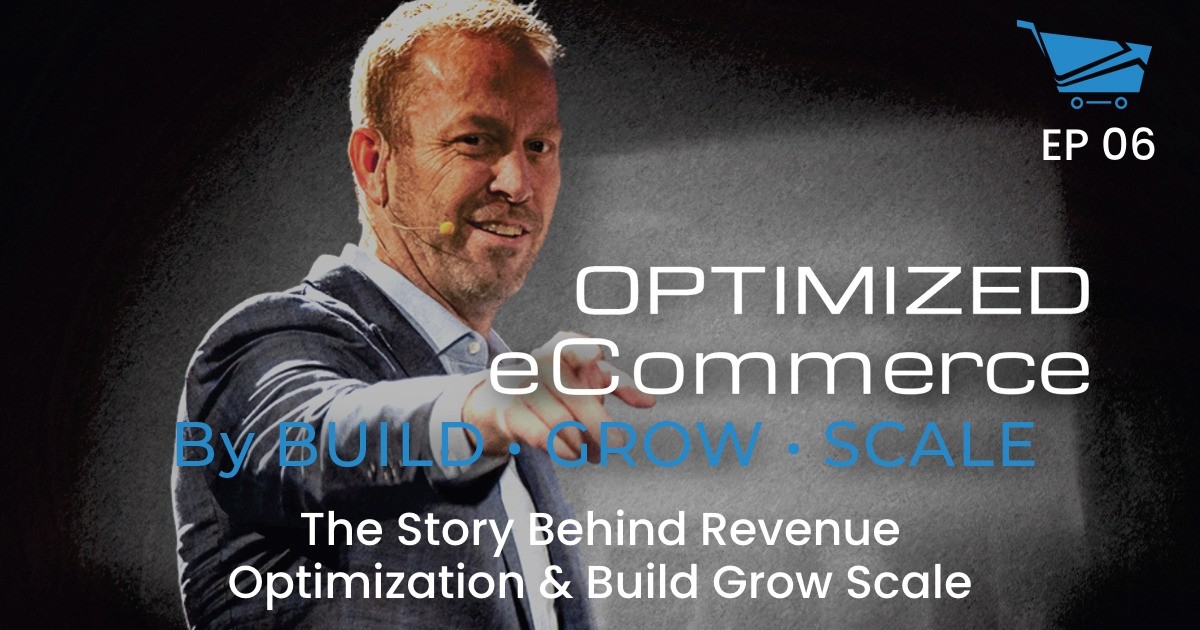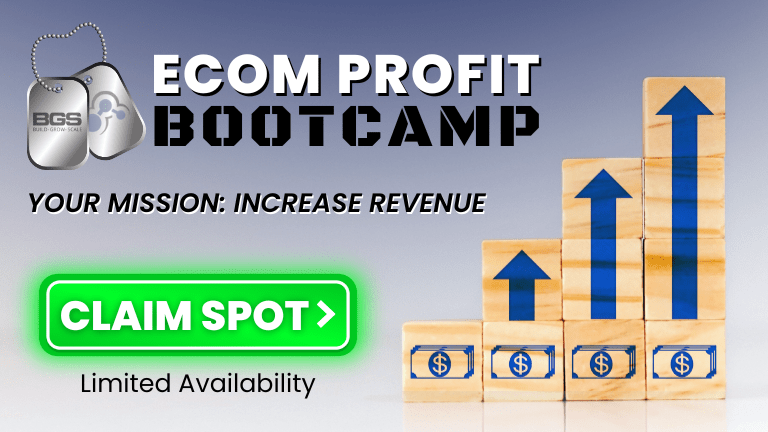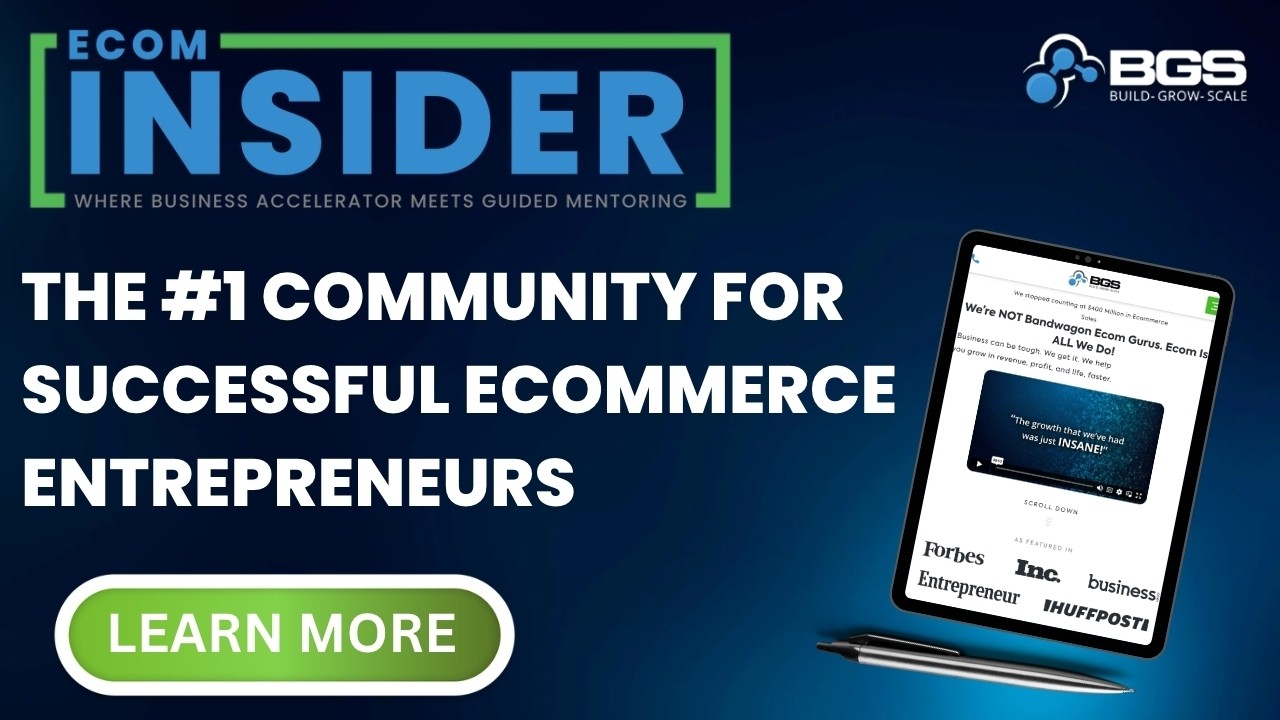Optimized Ecommerce EP 006 – The Story Behind Revenue Optimization & Build Grow Scale

Welcome to Episode 006 of Optimized Ecommerce – The Story Behind Revenue Optimization & Build Grow Scale. We are your hosts, Tanner Larsson CEO of BGS and Matthew Stafford CMO of BGS.
BGS means Build Grow Scale! It is a community that we founded where eCommerce entrepreneurs and physical product sellers come to learn how to take their businesses to the next level.
Today, we talk about the book Tanner has written called Ecommerce Evolved and the evolution of Build Grow Scale over the years from sales funnel focused to store focused. Times change and techniques become antiquated even in the E-commerce industry.
Here’s just a taste of what we talked about today:
Through the Funnel or Through the Store?
Should I run my products through a funnel or should I run my products through a store? That is the question we get asked all the time.
Back in the day, it was the accepted wisdom and proven that we could get a funnel to convert so much better than we could get a store to convert. At the time, the methodology mainly used the funnel, and then used your store as a back end in a way to send existing customers and past customers back to the store. Now that it’s 2020, a lot has changed.
The 2020 BGS Methodology
Our processes and systems are built more around a storefront. This is because of practical reasons, it is simply more sustainable.
Storefronts are better for repeat and lifetime customer value than the sales funnel is. A sales funnel is great for acquiring customers. The first time a customer goes through a funnel, they’re fine with it. But after buying through a funnel one time, they don’t want to go through the same hard sales pitchy funnel the second time.
This is the reason why BGS is now more storefront focused.
It Is Time To Update in 2020
It’s the year 2020 and everything has changed yet again. So, Ecommerce Evolved also needs an update.
The new version of the book follows our revenue optimization methodology. It dials in on how we approach store based optimization by applying sales funnel principles to a store to make the business convert on both the front and the back end.
We also discussed a few other fun topics, including:
- Store focused or funnel focused? It is really a matter of what fits your needs.
- Learn why we illustrate funnels vertically and stores horizontally.
- Back then, the first version of Ecommerce Evolved was written based on Tanner’s experience alone. In the new book, Tanner was able to leverage the collective experience of the whole team of optimization experts. So, the new book will have multiple viewpoints for the same thing—opening a much broader spectrum and doesn’t just rely on the 1%.
But you’ll have to watch or listen to the episode to hear about these topics in detail!
How To Stay Connected With Tanner Larsson and Matthew Stafford:
Want to stay connected with Tanner Larsson and Matthew Stafford? Please check out their social profiles below.
- Facebook: Facebook.com/buildgrowscale
- Twitter: @BuildGrowScale
- YouTube Channel: Youtube.com/windowsuccess
Resources
Also, don’t forget to grab your copy of Ecommerce Evolved: The Essential Playbook to Build, Grow & Scale A Successful Ecommerce Business. You may also find the book on Amazon!




